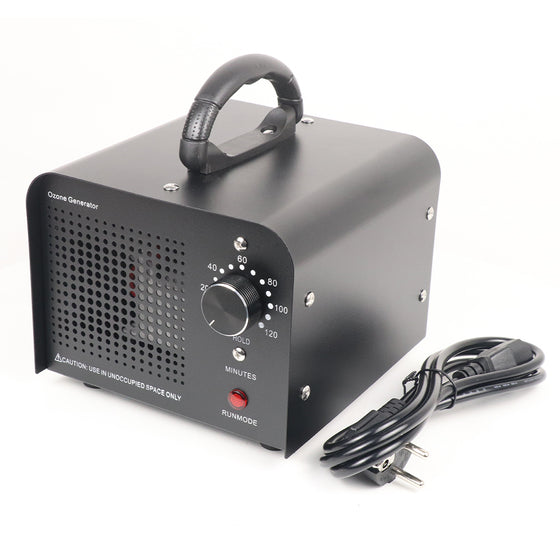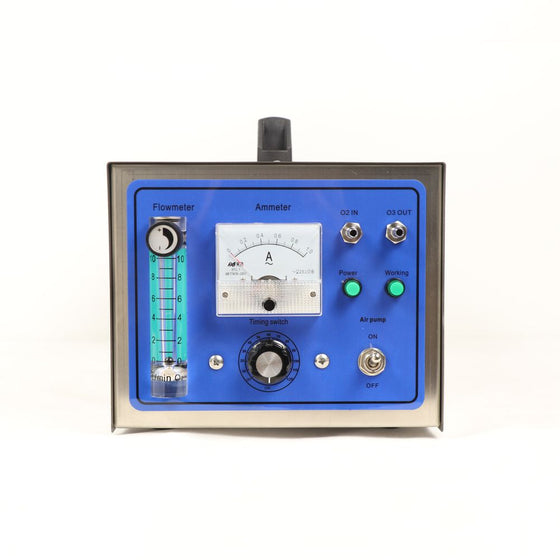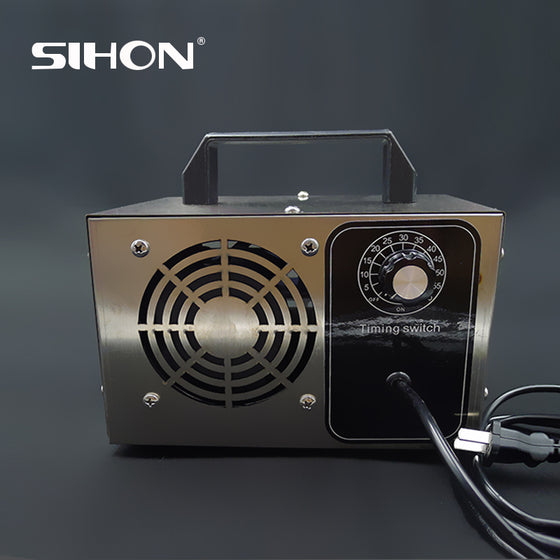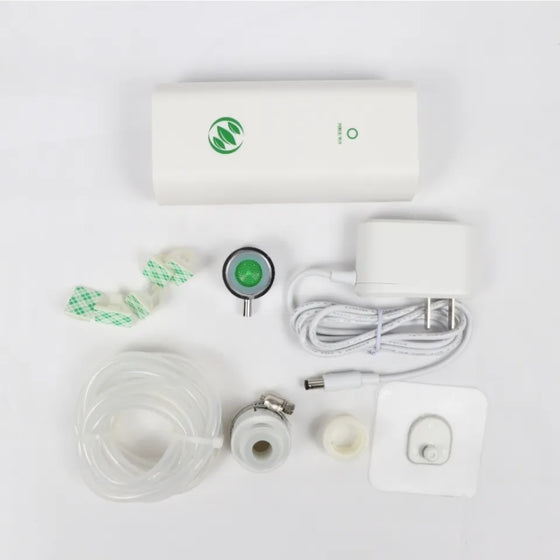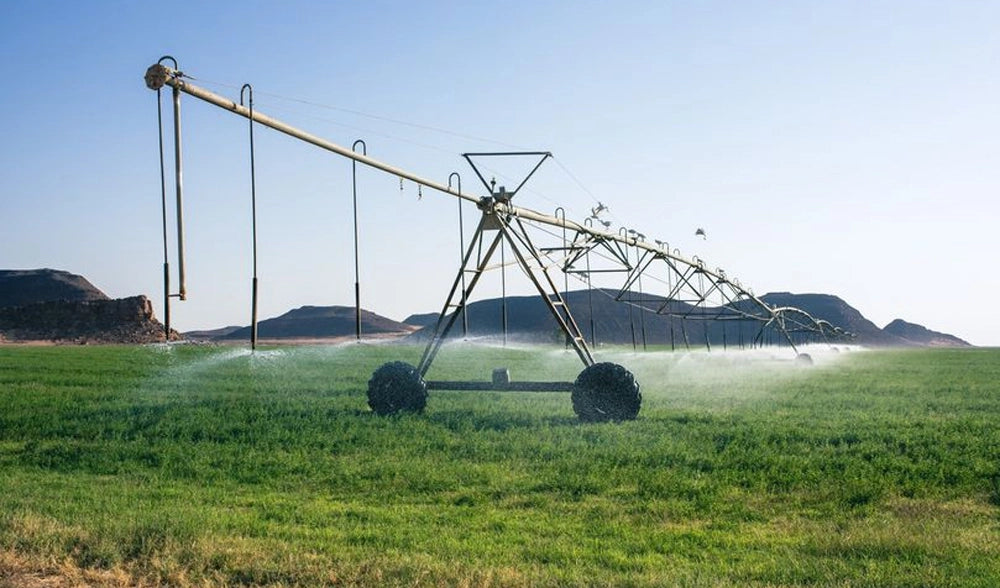Unlock the Potential of Ozone: Revolutionizing Cold Storage Facilities with Enhanced Preservation and Efficiency

Food producers perpetually seek cost-efficient and proficient methods to store their products and prolong their shelf life. While cold rooms stand as a prevalent means of preserving fruits, vegetables, meat, and fish, their operation proves costly and demands substantial energy. Moreover, refrigeration, although commonly used, fails to eradicate microorganisms. Consequently, food remains vulnerable to microbial growth, fungi decay, and pest infestations during storage.
An alternative worth considering is the utilization of ozone in cold storage, effectively neutralizing microorganisms in various fresh food items. Ozone presents itself as a highly economical and potent method to store and extend the shelf life of food.
Embracing ozone treatment emerges as the paramount, cost-effective, and pragmatic approach to food storage. Implementing an ozone system within cold rooms ensures sterile air, preventing the proliferation of mold and fungus. Multiple studies corroborate ozone's effectiveness in combatting numerous detrimental foodborne pathogens, simultaneously elongating the shelf life of food items.
Benefits of Ozone in Cold Storage Facilities

Cold storage ozone systems provide numerous advantages. Ozone, a potent disinfectant with antimicrobial properties, effectively neutralizes bacterial spores, molds, yeasts, protozoa, and viruses. Its utilization enables cold room operators to diminish their reliance on chemical disinfectants, curbing waste generation while conserving energy. Demonstrably, the ozone system significantly enhances food safety and extends the shelf life of various food categories like seafood, meats, fruits, and vegetables during both storage and processing.
A notable benefit of ozone lies in its residue-free nature and its inability to impact the taste, aroma, or overall quality of stored food items. Moreover, ozone systems seamlessly integrate into the existing air handling infrastructure of cold storage facilities. Particularly with the ozone generators from Sihon-Ozone, the initial investment in equipment swiftly pays off as ozone minimizes food wastage and diminishes the necessity for frequent restocking, thereby reducing operational costs and saving money.
How Does Ozone Work?
Ozone, a naturally occurring gas, can be artificially generated for various applications, including enhancing food safety and preserving food in cold storage. Its high reactivity enables it to effectively eradicate odors, mold, bacteria, and other detrimental microorganisms that might proliferate in cold rooms, posing risks to food safety.
Generated by recombining oxygen molecules, ozone molecules are subsequently released into the cold room. Within this environment, ozone gas interacts with organic matter like bacteria, mold, or odors. The additional oxygen atom in ozone molecules facilitates bonding with organic substances, breaking them down into harmless byproducts such as carbon dioxide and water.
Additionally, ozone serves as a solution for removing ethylene gas in cold rooms, a natural gas emitted by fruits and vegetables during ripening. Ethylene gas accelerates the ripening process, leading to spoilage in nearby produce and adversely affecting the taste, texture, and appearance of fruits and vegetables. Ozone effectively oxidizes ethylene, converting it into carbon dioxide and water. By eliminating ethylene gas, ozone aids in retarding the ripening process, thereby extending the shelf life of fruits and vegetables while preserving their quality and freshness.
How to Use Ozone in Cold Storage Facilities

Below are basic guidelines outlining the process of utilizing ozone systems:
1. Determine the appropriate ozone concentration: The required ozone concentration for effectiveness is contingent upon the cold room's dimensions and its intended purpose, typically falling within the range of 0.1 to 0.3 parts per million (ppm).
2. Choose the appropriate ozone generator: Various ozone generators are accessible in the market, spanning from compact, portable units to expansive, industrial-scale generators. Select an ozone generator suitable for the cold room's dimensions and the intended application.
3. Let the ozone work: Permit the ozone to circulate within the cold room for the specified duration advised. The treatment period will vary based on the cold room's size and intended purpose.
4. Ventilate the cold room: Once the treatment concludes, ventilate the cold room to eliminate any remaining ozone. Open all doors and windows, and employ fans to facilitate the circulation of fresh air within the area. Verify the ozone concentration is at a safe level before re-entering the space.
Ozone serves various purposes in enhancing the storage and longevity of diverse products within cold rooms. For instance, it acts as a sterilizing agent for meat, halting the growth of harmful bacteria, thereby improving tenderness and extending its shelf life. Concerning fish, ozone effectively eradicates microorganisms in cold storage spaces, averting food spoilage and potential consumer illnesses. Additionally, it deodorizes fish, diminishes ammonia emissions, stabilizes pH levels, and extends their shelf life.
In the realm of fruits and vegetables, ozone gas manages ethylene production, delaying natural ripening and converting it into an antimicrobial compound. This process leaves fruits and vegetables devoid of pathogens and chemical residues. In the egg industry, ozone thwarts the development of fungi, ensuring the retention of their original sensory characteristics. Lastly, within cheese preservation and maturation chambers, ozone plays a pivotal role in preventing mold growth, reducing weight loss, and eliminating undesirable odors.
Cooperate with Sihon-Ozone
At Sihon-Ozone, we take pleasure in offering comprehensive support. Our commitment involves providing unlimited assistance to ensure the efficiency of our clients' cold storage facilities. Count on our experienced team for guidance with:
-
Offering the oxygen generator or aiding in selecting the right oxygen supply by ensuring appropriate air preparation/feed gas.
-
Assisting in comprehensive initial design, providing installation guidance, and detailing the process for optimal profitability.
-
Delivering continuous technical support from proficient application engineers at every phase, from pre-installation to ongoing years.
Get in touch with us today. Our team is here to assist you in uncovering the myriad possibilities that ozone can bring to your cold storage facility.
New Arrivals
Leave A Reply
Your email address will not be published. Required fields are marked *
